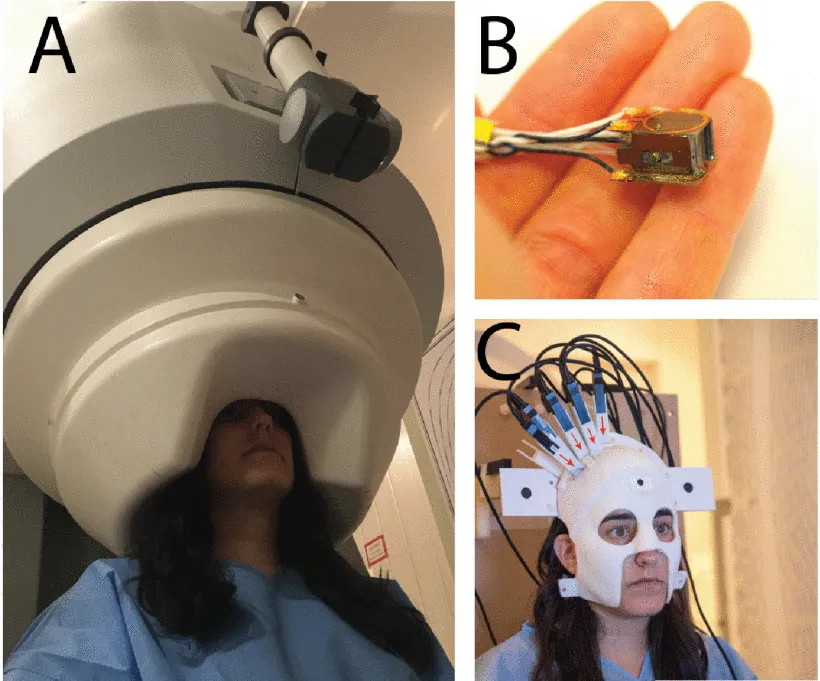Developing Next-Generation Brain Sensing Technologies—A Review
Next-generation brain sensing technologies are capable of recording from large numbers of neurons for extended periods. The emerging technologies fundamentally improve our understanding of the brain and the treatment of neurological disorders. It has increased the possibility of understanding the fundamental properties of neural information processing and creating interfaces to restore or repair damaged neural functioning.
Sensors which detect the spiking activity of individual neurons convert sub-millivolt voltages within the brain into electronic signals in the solid-state circuits where data processing occurs. The current produced during the neural spiking activity can be detected mainly by invasive and non-invasive techniques.
Electrical interfaces are generally more invasive since the electric potential changes near the neuronal cell body are measured by implanting metal or organic electrodes near the target neurons (about 100-200 microns). Preferably the electrodes are embedded with the electronics for accuracy. Complementary metal-oxide-semiconductor (CMOS)-integrated electronics have the potential to mirror the kind of densities achieved in CMOS imagers of an electrode. Integrating CMOS electronics to neural electronic interfaces is advantageous because it enables dense electronics, increases signal fidelity, and improves noise performance.
The spiking activities of neurons can also be measured through minimum invasion by modulating light that passes through a waveguide with electro-optic elements, which can be encoded in the intensity of the light that is scattered. It has several advantages over electrical interfaces. In the brain tissue, photons generally travel 50-100 microns before scattering, allowing one to image individual cortical neurons from the surface of the brain. Optical brain interfaces are becoming popular due to this ability to image many cells at once with minimum invasive interrogation.
The neural spiking activities can also be detected by the magnetic fields produced by the current. It is entirely non-invasive and has a high temporal resolution as compared to the earlier two methods. However, the magnetic field generated by this is so minuscule that magnetometers based on superconducting quantum interference devices is required for measurements. These are very expensive and cumbersome to operate.
The future potential and proficiency of the technologies for sensing the brain activities lies in the transitional challenges from the research labs to useful products for neuroscience researchers and human patients. It is anticipated that further development of this sensor technology may lead both to portable systems capable of, for example, measuring brain activity during epileptic seizures, and to operate without the stringent shielding requirements required for superconducting quantum interference device (SQUID)-based systems.
The challenges in emerging technologies for sensing brain activities are focused on improving its flexibility, design, packaging, size, stability, and selection of materials that should minimize the mechanical mismatch between the neuronal target tissue and the implant, limiting foreign body reaction due to structural biocompatibility issues, minimal invasive strategies, and developing interfaces that are robust and reliable with durability from years to decades. These, along with further commercial development of the sensor technology and integration into full brain imaging systems, are some of the main challenges which need to be overcome in the coming years.




